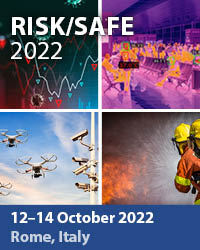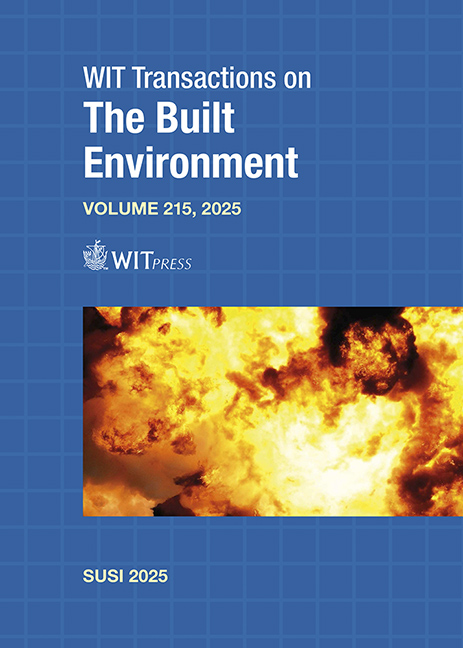IMPACT OF AN UNDERWATER EXPLOSION ON CRITICAL INFRASTRUCTURE: AN EXPERIMENTAL SMALL-SCALE INVESTIGATION
Price
Free (open access)
Transaction
Volume
215
Pages
11
Page Range
39 - 49
Published
2025
Paper DOI
10.2495/SUSI250041
Copyright
Author(s)
ORIANE DEGLETAGNE, SOPHIE TRÉLAT, MICHEL-OLIVIER STURTZER
Abstract
This study investigates the effects of underwater explosions on critical infrastructures, with a focus on structures commonly found in the nuclear sector. The research addresses the potential consequences of detonation (accidental or deliberate) on industrial pools and other containing facilities designed for watertightness, often through the use of thin stainless steel liners. The final goal is to characterize the mechanical load induced by consecutive pressure waves in close range to assess the damage to these immersed structures, focusing on both local deformations related to the overall structural response and the direct effects of the explosions, including the liner perforation. The investigation is conducted by the French Institute for Protection and Nuclear Security (DEND), also conducting experimental research into the aerial blast effects of explosions. The institute is developing scaled-down experiments to study shockwave propagation and interaction with reference shapes, such as parallelepiped and cylindrical. Each test is equipped with pressure sensors and high-speed cameras. The French German Research Institute of Saint-Louis (ISL) interest in underwater explosion lies in the study of the mechanisms ruling the transmission of shockwaves through water contained in stainless steel envelopes. Applications include protection of mobile platforms and infrastructures. Preliminary tests have been conducted in free field (without any obstacle near the explosion) inside a reduced-scale basin filled with water, subjected to shockwaves generated by small underwater high-explosive charges. These tests focused on the visualization of the primary shockwave and its spherical propagation in close range, as well as the behaviour of the gas bubble created by the explosion. This paper explores the dynamics of this gas bubble: shape, size evolution, oscillations and migration. Additionally, the study seeks to improve the knowledge of TNT equivalency in aquatic medium, providing insights into the potential hazards associated with underwater explosions and their impact on critical infrastructure.
Keywords
aquatic blast, high-speed imaging, explosive, underwater





